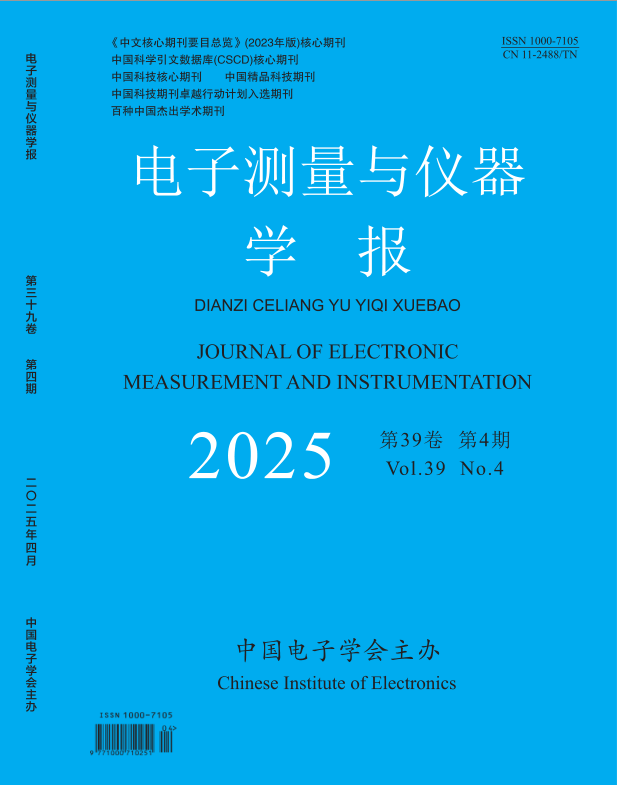2020, 34(2):172-179.
Abstract:In order to solve the problems of node selfhealing when node failure occurs in mobile wireless sensor networks, such as large changes in network topology and limited data transmission performance, a selfhealing scheme based on feedback decision mechanism for wireless sensor networks is proposed. Firstly, according to the identity of network nodes and the cross characteristics of transmission links, with eliminating the same level cut points of failure nodes, the separation effect of cut points on network topology is avoided, the node failure decision model is constructed by traffic analysis, which can significantly reduce the phenomenon of node failure misjudgment. Secondly, based on node failure decision model, combining the traffic transfer characteristics of primary and secondary nodes, the node failure evaluation party is designed. In this case, through cutpoint decision and secondary node selfhealing reconstruction, the topological changes in the process of selfhealing are improved, and the flow limitation in the process of node failure is effectively avoided. Then, considering the difficulty of node selfhealing in the process of selecting standby repair nodes, an optimal selection scheme is constructed based on the characteristics of network topological cutpoint. The flow feedback mechanism is used to optimize the selection of standby repair nodes and reduce the risk of repair failure. The experimental results show that compared with the TVLLRS algorithm and the PFO scheme, the proposed algorithm has lower total number of selfhealing nodes, lower distance of node topological movement and higher network outlet bandwidth.
